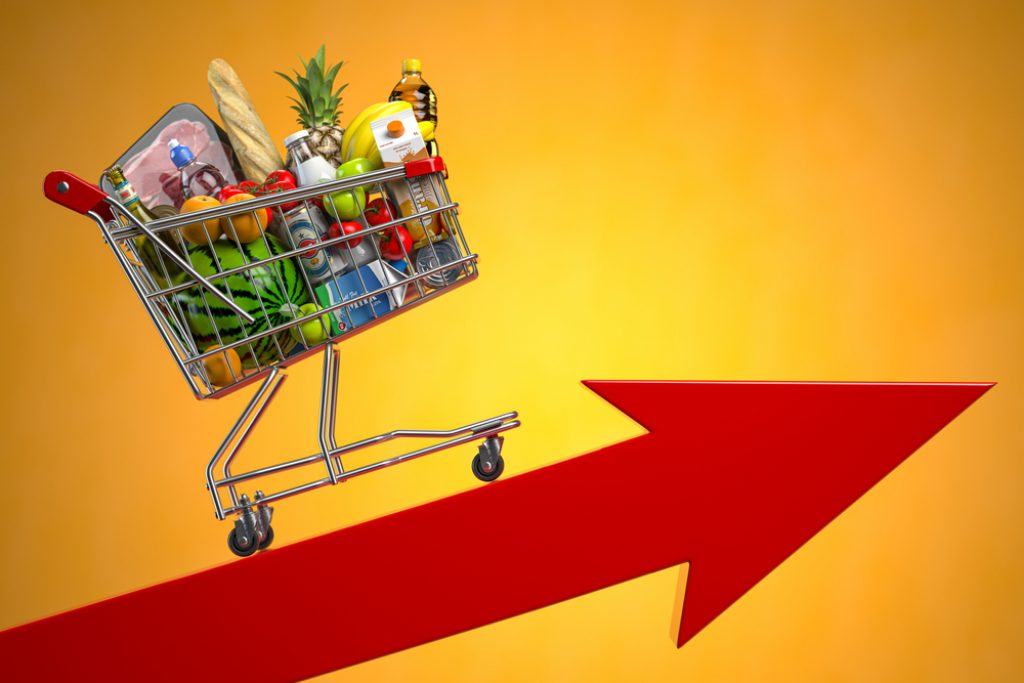The Consumer Prices Index (CPI) measure of inflation slowed to 3.4% in the year to February 2024, after sticking at 4% in the previous two months.
Downward food, clothing and energy prices were the largest contributor to the slowing inflation rate, while this was partially offset by upward pressure from housing and transport costs.
The 3.4% inflation rate comes below market expectations of 3.5% and is now at its lowest since September 2021.
According to the Office for National Statistics (ONS), the price of bread, cereals and packs of cake eased, while there were also other smaller downward effects to the annual rate from meat, vegetables, milk, cheese and eggs.
Motorists are also seeing cheaper prices at the pumps, as the average price of petrol rose by 2.3p per litre between January and February 2024 to stand at 142.2ppl, down from 148ppl in February 2023.
Diesel prices rose by 3p in February to stand at 151.3p, down from 169.5p in February last year.
The ONS noted: “These movements resulted in overall motor fuel prices falling by 6.5% in the year to February 2024, compared with a fall of 9.2% in the year to January”.
Core inflation, which excludes the more volatile energy, food, alcohol and tobacco, rose by 4.5% in the 12 months to February 2024. This is down from 5.1% in January.
On a monthly basis, CPI rose by 0.6% in February, compared with a rise of 1.1% in February last year.
The ONS noted that the latest statistics includes data from second-hand cars and private rental prices “as part of our programme to transform consumer price statistics”.
Cost-of-living crisis consigned to history?
The easing of inflation could raise hopes for households that the cost-of-living crisis is finally coming to a close, according to Alice Haine, personal finance analyst at Bestinvest.
She said that prices are still rising, of course, but at a less rapid pace – “a huge comfort when you consider inflation hit a worrying high of 11.1% in October 2022”, she said.
And with the core inflation rate also easing, this is a “promising sign” for the Bank of England as it mulls when to make an interest rate cut.
“Naturally, most households would welcome an interest rate cut tomorrow, but the BoE is expected to keep interest rates at the current level for the fifth successive meeting following 14 consecutive increases between December 2021 and August 2023. With the first rate cut not expected until the summer, all eyes are pinned on what the central bank has to say tomorrow to see if there are any hints of earlier action”, she said.
Jake Finney, economist at PwC UK, said: “We expect the disinflation process to accelerate in April as lower household energy prices drag inflation below the 2% target. However, it won’t quite be ‘job done’ – with services inflation likely to take longer to normalise. That matters even more now the Bank of England has adjusted its consumer basket weights to account for the fact households are spending proportionally more on services than previously.
“Despite today’s progress on headline inflation, we still expect rates to be held constant when the Monetary Policy Committee meets again this Thursday. The Bank of England will want to see more conclusive evidence that we have achieved a sustainable return to the inflation target before they loosen monetary policy”.





